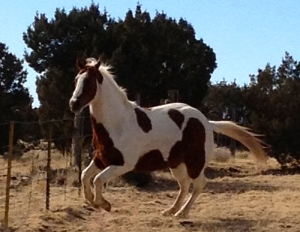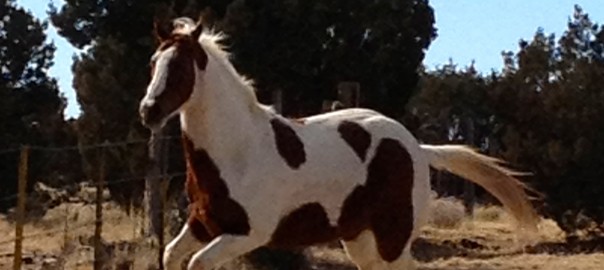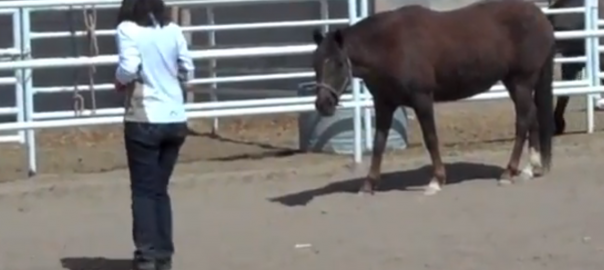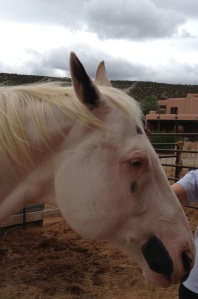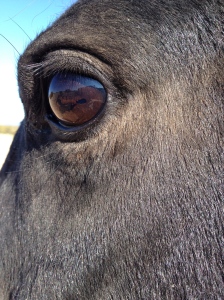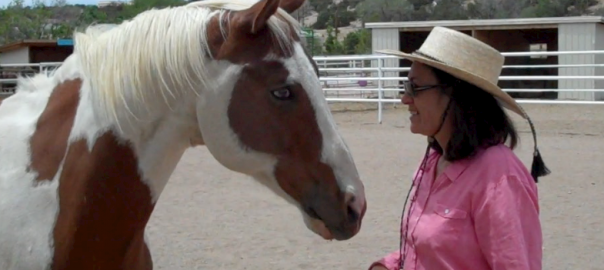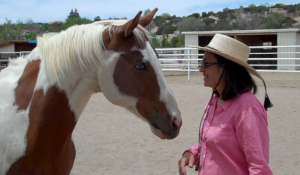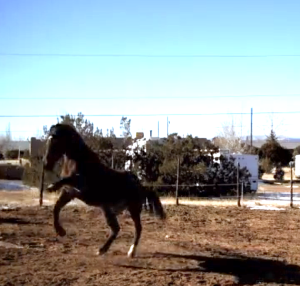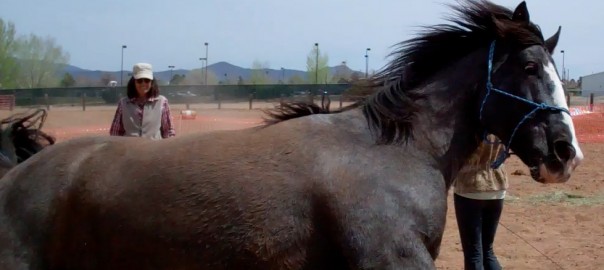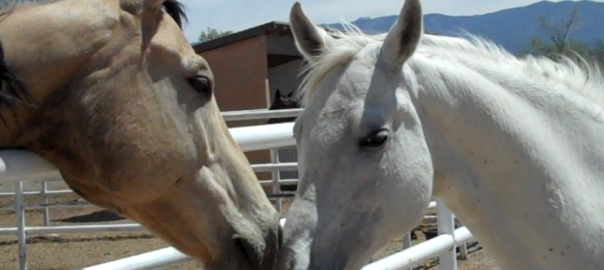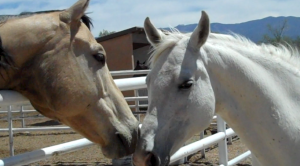Patches knew all these things …once, and then his life changed. When he came to us he didn’t want to do much that meant he had to “perform.” He had been a ribbon-winning show horse and then a therapeutic riding horse. At first he was on good behavior with us. He loved children so it was easy for him to carry a child. It was one thing he truly enjoyed.